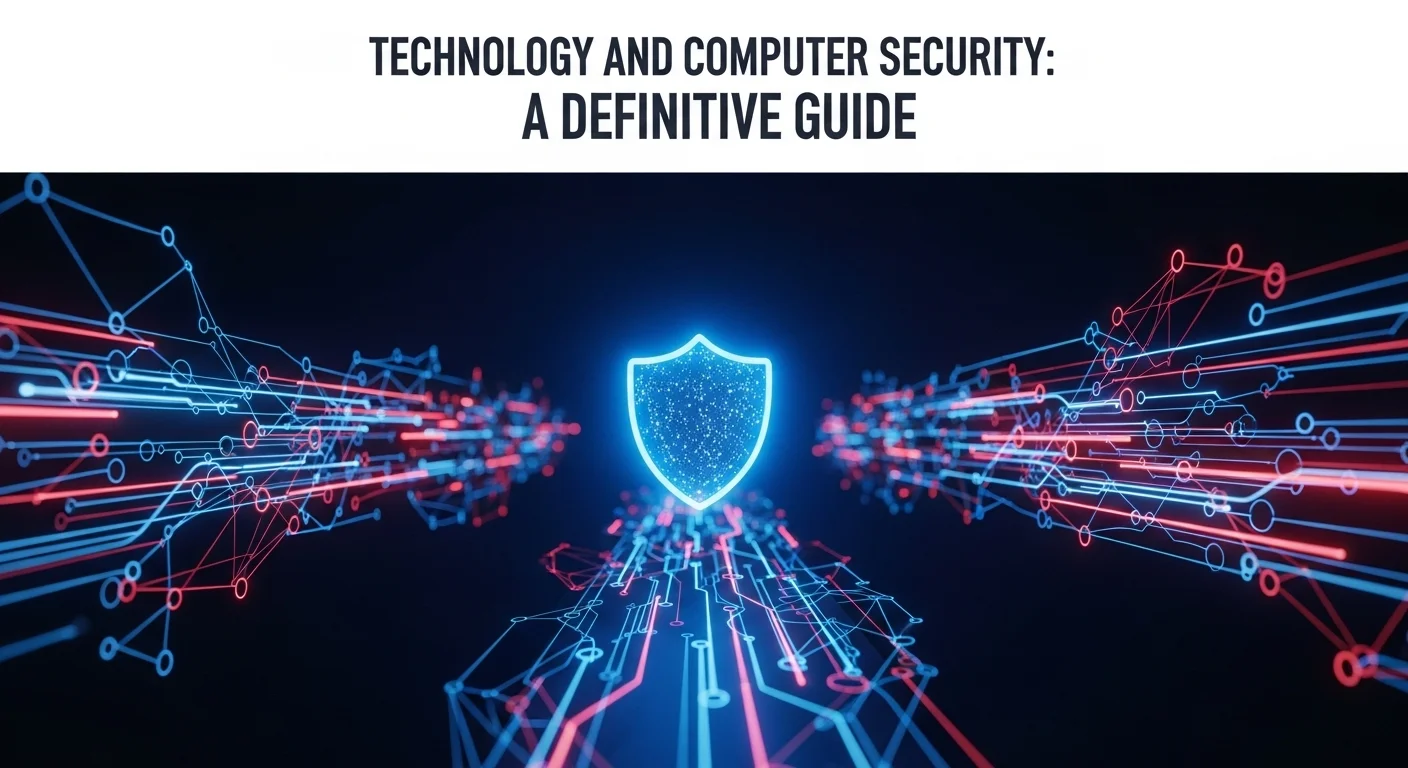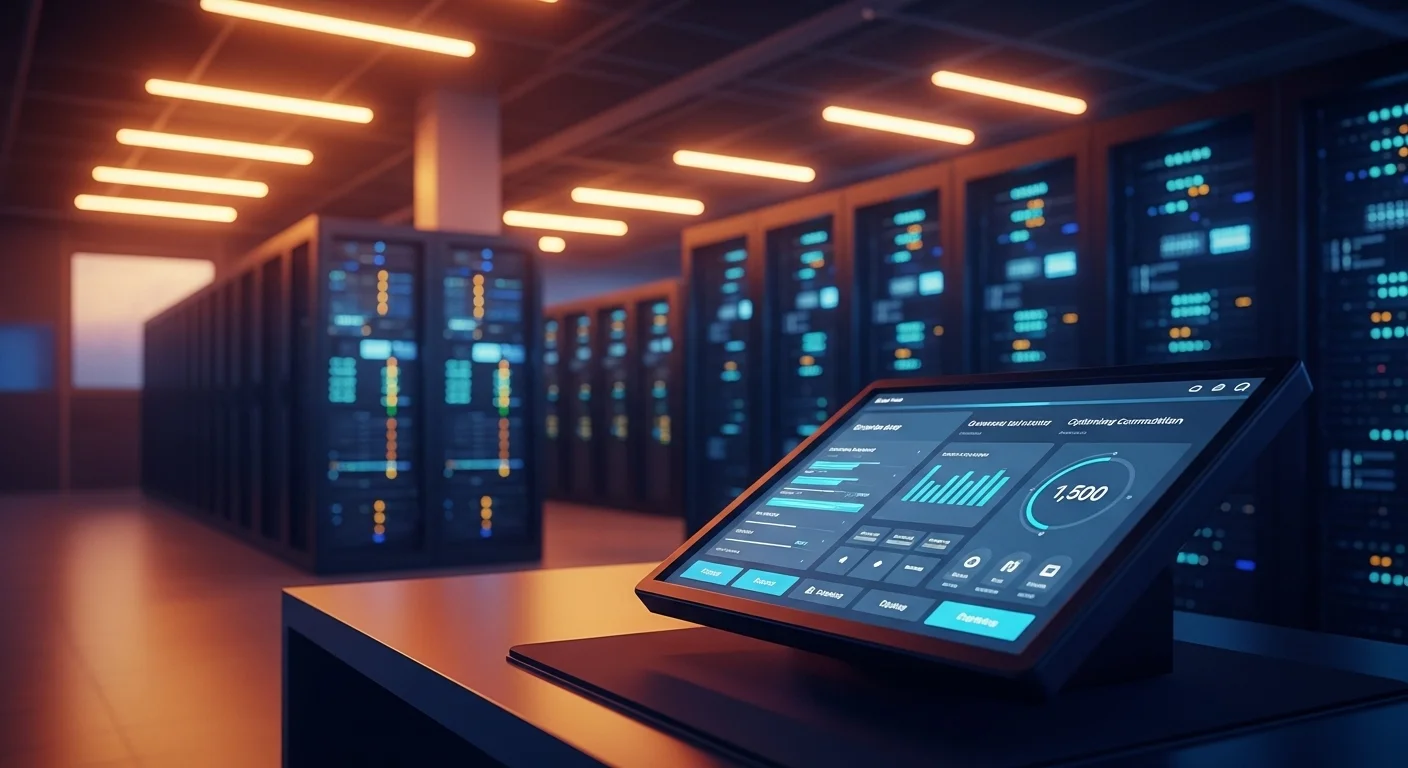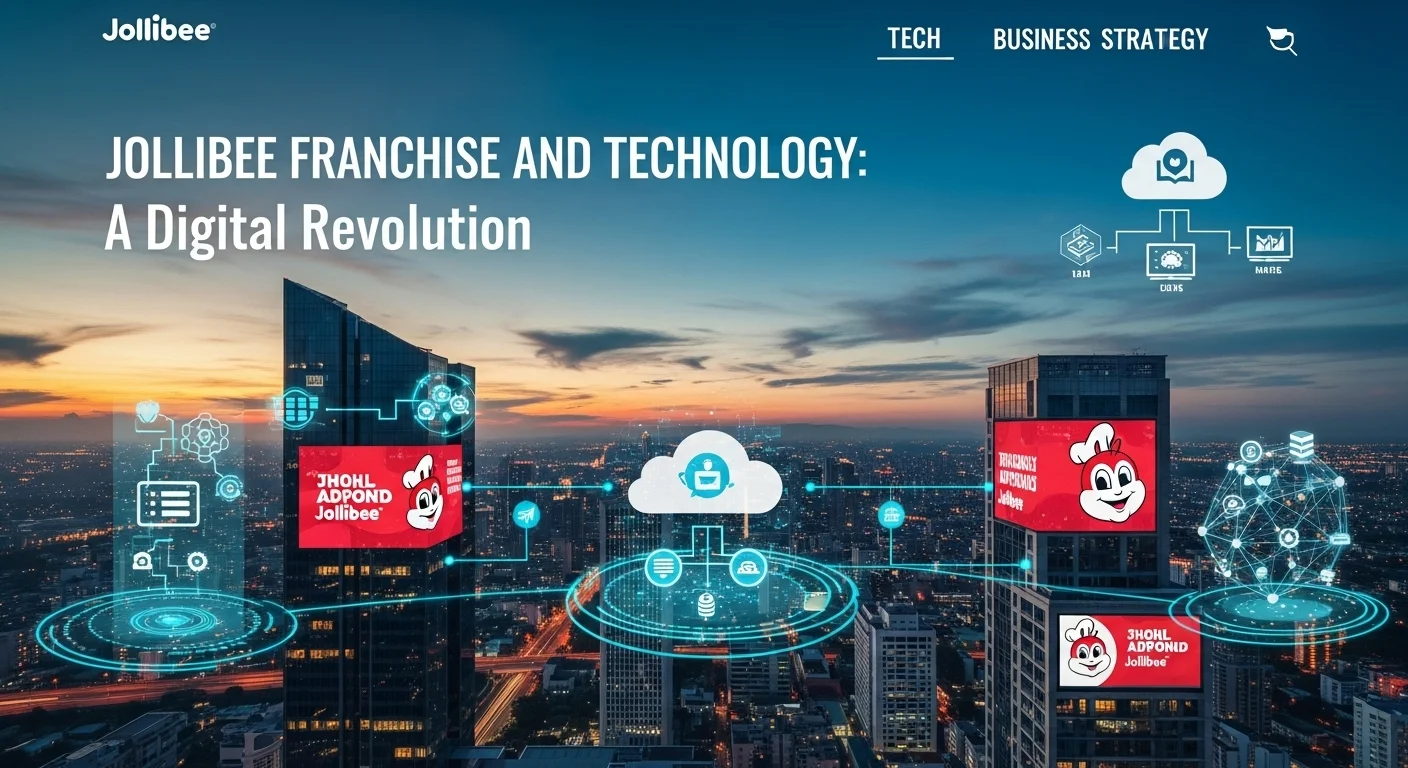Computer Security Demystified: A Practical Guide for Today's Tech World

Executive Summary
I’ve spent years in the trenches of cybersecurity, and if there’s one thing I’ve learned, it’s that the topic often feels impossibly complex. But it doesn't have to be. In a world where every click matters, understanding how to protect your digital life is crucial. This guide is my attempt to cut through the noise. We'll walk through the essentials of computer security, making sense of what it means for you and your business. We'll explore the key difference between securing a single computer and protecting an entire network, and I'll share my experience on when and why to call in professional security services. My goal is to give you the confidence and knowledge to build a strong defense against cyber threats, creating a safer digital space for yourself and your customers.
Table of Contents
Table of Contents
- What is Computer Security and Why It Matters
- The Core of Security: The CIA Triad
- Clearing Up Confusion: Computer vs. Network Security
- The Role of Professional Security Services
What is Computer Security and Why It Matters So Much?
In our hyper-connected world, computer security—or cybersecurity, as many call it—is the silent guardian of our digital lives. I think of it as the practice of protecting our computers, networks, and data from theft, damage, or unauthorized access. It's not just a concern for big corporations; it's a fundamental necessity for everyone. At its heart, computer security is built on a simple promise: to maintain the trust we place in technology every day. This trust rests on three core principles I've seen tested time and again, known in the industry as the 'CIA Triad'.
The Core of Security: The CIA Triad
Every security measure aims to protect one of these three pillars:
- Confidentiality: This is about privacy. It ensures that your data is seen only by those who are supposed to see it. Think of it like a sealed letter.
- Integrity: This guarantees that your data is accurate and hasn't been tampered with. It's the assurance that the information you're seeing is the information that was intended.
- Availability: This means your systems and data are ready and accessible when you need them. An attack that brings down your website, for example, is an attack on availability.
Without these, our digital interactions would be chaotic and untrustworthy. For a business, a breach can be devastating, leading to huge financial losses and, worse, a complete loss of customer trust. For you and me, the risks include identity theft and fraud. On a larger scale, the safety of our critical infrastructure, from power grids to hospitals, depends on solid security protocols. It’s truly the bedrock of our modern society.
Clearing Up Confusion: Computer vs. Network Security
People often use these terms interchangeably, but it helps to know the difference. Computer security is the broad umbrella, covering the protection of an individual machine. This includes physical security (like locking your laptop) and software protection (like your antivirus). Network security, on the other hand, is all about protecting the data as it moves between computers. It's about securing the roads—the network infrastructure—that connect everything. I've always said they're two sides of the same coin. You can have the most secure laptop in the world, but if your network is wide open, you're still at risk. A truly secure environment needs both.
The Role of Professional Security Services
To navigate this complex world, many businesses turn to professional security services. And for good reason—it’s a full-time job. These services bring specialized expertise that's hard to build in-house. They offer everything from security check-ups to 24/7 monitoring. Specialized network protection services can manage your firewalls, detect intruders, and secure your connections. By layering these services, a company can build a defense that covers all its bases, from individual devices to the cloud. The threat landscape is always changing; attackers are smart and relentless. In my experience, a proactive, multi-layered approach to security isn't just a good idea—it's essential for survival and growth in this digital age. Investing in security is investing in resilience and trust, which are priceless business assets.

Your Complete Playbook for Digital Defense in Business
Building a strong defense against cyber threats isn't about finding a single magic bullet. It's about creating layers of protection, blending smart technology with even smarter business practices. I've worked with countless companies to build these defenses, and it always comes down to a holistic approach. Here's a look at the essential tools and strategies that form the backbone of modern cybersecurity.
The Tech Toolkit: Your Digital Frontline
These are the core technologies that prevent, detect, and respond to threats.
1. Firewalls and Network Segmentation: Think of a firewall as the digital bouncer for your network. It stands at the door, checking every piece of data coming in or going out and only letting the legitimate traffic pass. For an even stronger defense, we use network segmentation. This is like building watertight compartments on a ship. If one area is breached, the damage is contained and can't spread easily across the entire network. It's a simple concept, but incredibly effective at minimizing the impact of an attack.
2. Encryption: The Art of the Secret Code: Encryption scrambles your data into an unreadable format, protecting it from prying eyes. It's vital for data 'at rest' (saved on a drive) and 'in transit' (moving across the internet). I always stress the importance of end-to-end encryption for communications. It ensures that only the sender and receiver can read the message, which is non-negotiable for any sensitive information.
3. Smart Access Control: A fundamental rule I live by is the 'Principle of Least Privilege'—only give people access to the information they absolutely need to do their jobs. This is managed through strong authentication. Passwords alone just don't cut it anymore. Multi-Factor Authentication (MFA), which requires a second proof of identity like a code from your phone, is one of the single biggest security upgrades you can make.
4. Advanced Endpoint Protection: Every laptop, server, and phone is an 'endpoint' and a potential way in for attackers. Traditional antivirus is helpful, but modern threats are designed to sneak past it. That's why we now rely on Endpoint Detection and Response (EDR) tools. They don't just look for known viruses; they monitor for suspicious behavior, using AI to spot new threats and giving us the tools to shut them down quickly.
Strategic Thinking: Security as a Business Process
Technology is only half the battle. A security-first culture is what truly makes a business resilient.
1. Create a Security Roadmap: It all starts with a formal security policy. This document lays out the rules of the road for protecting your company's information. It should be guided by a risk assessment—a clear-eyed look at what your biggest threats are and how you plan to handle them. This isn't a one-and-done task; it's a living process.
2. Plan for a Bad Day: I tell every client: it's not a matter of *if* you'll face a security incident, but *when*. An Incident Response (IR) plan is your step-by-step guide for that moment. Having a plan ready means you can act quickly to contain the damage, recover faster, and meet any legal obligations without panicking.
3. Build a Human Firewall: Your employees can be your greatest vulnerability or your strongest asset. It all depends on training. Regular security awareness training teaches your team how to spot phishing emails and other social engineering tricks. A well-informed team is an incredible line of defense.
Calling in the Experts: Professional Security Services
For most businesses, going it alone on cybersecurity is simply not realistic. This is where professional security services are a game-changer. These partners offer the kind of expertise, advanced tools, and round-the-clock monitoring that would be impossible to replicate in-house. Engaging a Managed Security Service Provider (MSSP) can take the weight of managing firewalls and detecting threats off your shoulders. A comprehensive security partner can offer a whole suite of services, from ethical hacking (penetration testing) to discover your weaknesses to 24/7 threat hunting. By combining powerful tech with smart strategy and expert help, any organization can build a formidable defense. This 'defense-in-depth' approach is the gold standard for protecting your assets and ensuring your business can thrive in our digital world.

Practical Tips and Strategies to Sharpen Your Security Edge
Ultimately, great computer security comes down to good habits. It's about being mindful and consistent, whether you're at home or running a business. Here are the practical strategies I share most often with clients to significantly boost their digital safety and make their experience with technology a whole lot smoother.
Everyday Best Practices for Everyone
Mastering these fundamentals is the most important step you can take.
1. Master Your Passwords: I've seen more breaches caused by weak or reused passwords than anything else. The solution? Use a strong, unique password for every single account. Of course, that's impossible to remember, which is why a password manager is non-negotiable. These apps create and store them for you, so you only have to remember one master password. And please, turn on Multi-Factor Authentication (MFA) everywhere you can. It's a simple step that stops attackers in their tracks, even if they have your password.
2. Embrace Updates: Those update notifications aren't just for new features; they often contain critical security patches. I know they can be annoying, but delaying them leaves you vulnerable to attacks that exploit known flaws. Set your operating system, browser, and apps to update automatically. A fully patched system is a much tougher target.
3. Think Before You Click: A healthy dose of skepticism is your best friend online. Phishing attacks, which trick you into giving up information, are everywhere. Learn the signs: weird grammar, urgent threats, and links that don't match the sender's address. Hover over links before you click to see the real destination, and never download an attachment you weren't expecting. When browsing, stick to secure 'https' sites.
4. Back Up Your World: Data can disappear in a flash due to hardware failure, a slip of the finger, or a ransomware attack. A solid backup is your safety net. I recommend the 3-2-1 rule: keep at least 3 copies of your data, on 2 different types of media, with 1 copy stored off-site (like in the cloud).
Advanced Tools and Strategies for Businesses
For businesses, it’s about scaling these habits and adding powerful tools to protect your operations and assets.
1. Centralized Monitoring (SIEM): A Security Information and Event Management (SIEM) system is like a central command center for your security. It pulls in log data from all over your network and uses smart analysis to spot suspicious activity that would otherwise be invisible. It allows you to connect the dots and respond to threats much faster.
2. Data Loss Prevention (DLP): DLP tools are your data's bodyguard. They identify your most sensitive information and apply rules to stop it from being copied, emailed, or moved where it shouldn't. It's a key tool for protecting intellectual property and staying compliant with privacy laws.
3. Adopt a 'Zero Trust' Mindset: The old model of 'trust everyone inside the network' is dead. Zero Trust is a modern approach built on a simple rule: 'never trust, always verify.' It means every user and device must prove their identity before accessing any resource, every single time. It’s like requiring an ID badge at every door inside a building, not just the front entrance. This drastically limits an attacker's ability to move around if they do get inside.
Choosing the Right Security Partner
The security landscape is a minefield. I always tell my clients to look for a partner, not just a provider. A great partner offers a full range of services tailored to your specific needs and industry. They should provide 24/7 monitoring and have a proven track record. For excellent, unbiased guidance, I often point people to government resources like the Cybersecurity and Infrastructure Security Agency (CISA).
A Look into the Future
Cybersecurity is a field that never stands still. AI is a double-edged sword: attackers use it for smarter attacks, and we use it for faster, automated defense. Looking ahead, things like quantum computing threaten our current encryption methods, so the race is on to develop new defenses. Staying secure means committing to lifelong learning and adaptation. By combining personal diligence with smart business strategy and expert partnerships, we can create a safer, more resilient digital future for everyone.
Expert Reviews & Testimonials
Sarah Johnson, Business Owner ⭐⭐⭐
This guide on computer security is solid, but as a business owner, I'd love to see a few more real-world case studies.
Mike Chen, IT Consultant ⭐⭐⭐⭐
A very helpful article on computer security. It clarified a lot for me, though a couple of the technical bits could be simplified even further.
Emma Davis, Tech Expert ⭐⭐⭐⭐⭐
Fantastic article! As a tech specialist, I found this overview of computer security incredibly thorough and easy to follow. It’s a great resource for my work.



